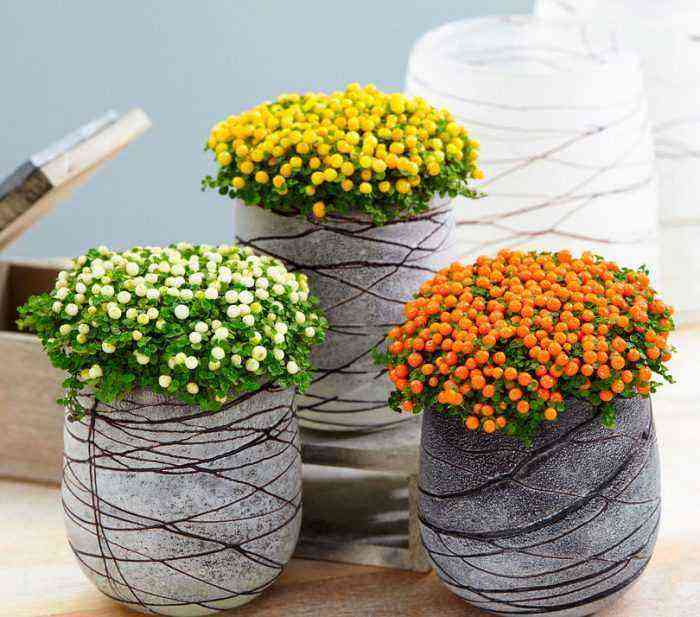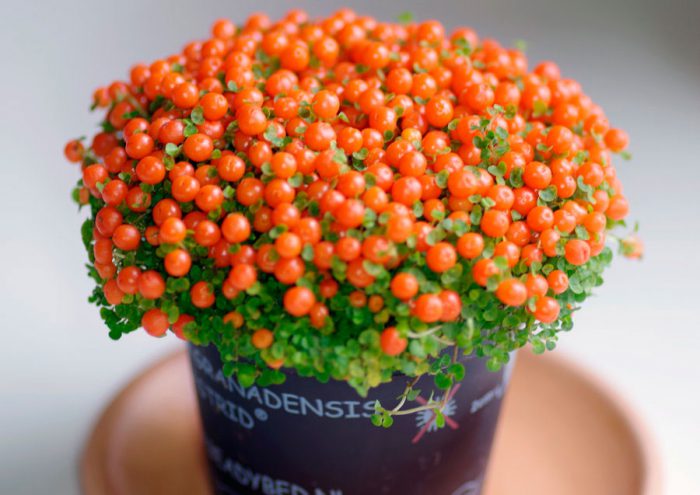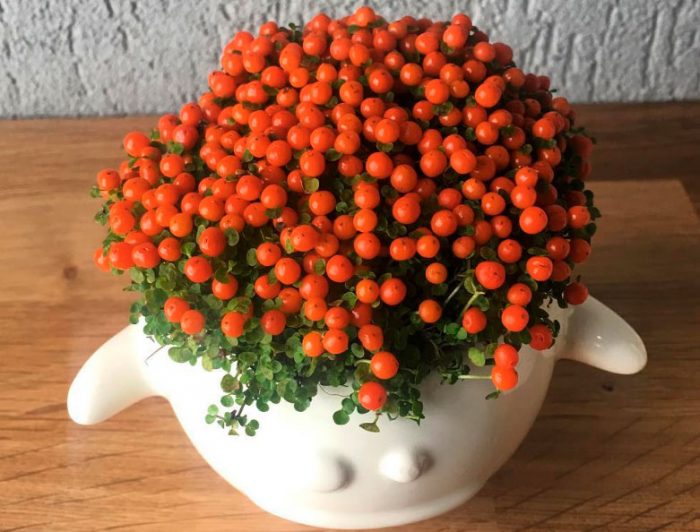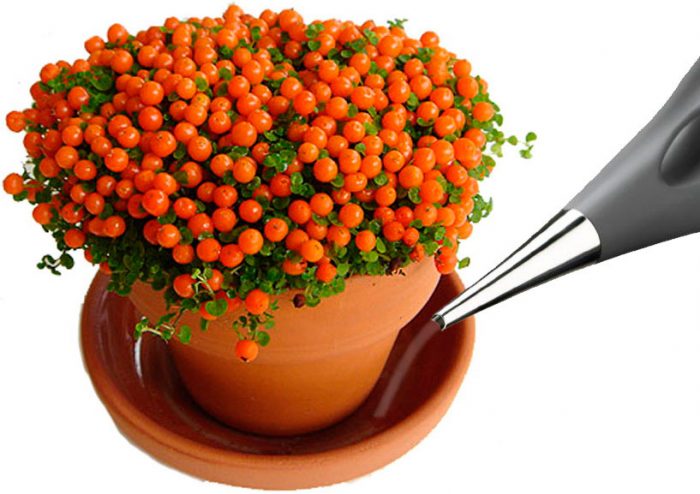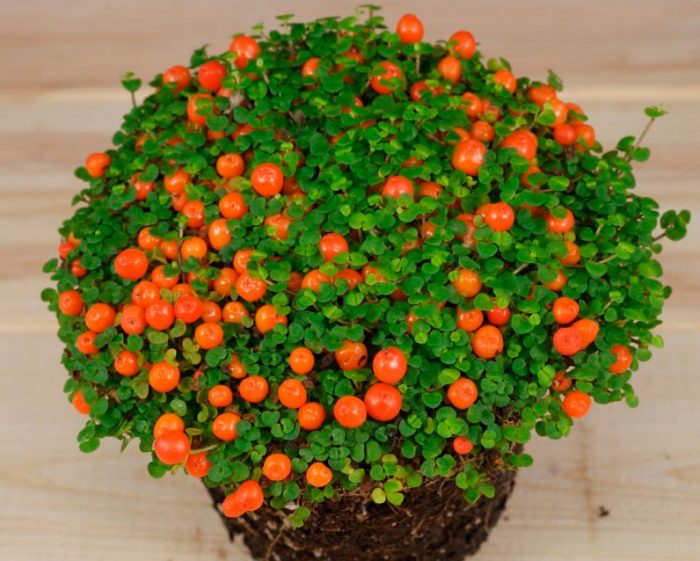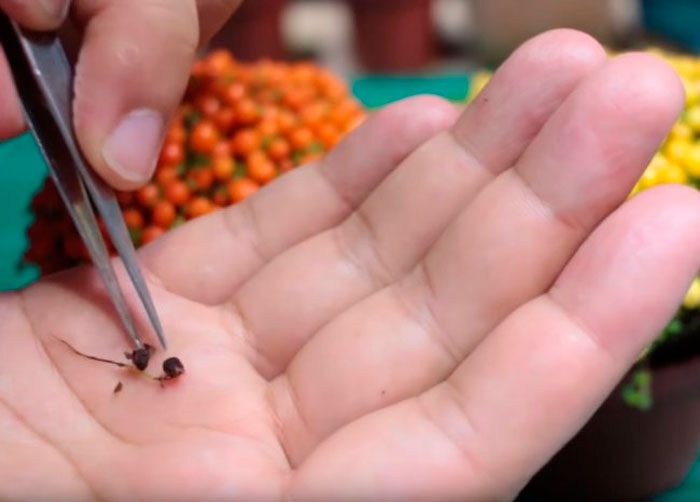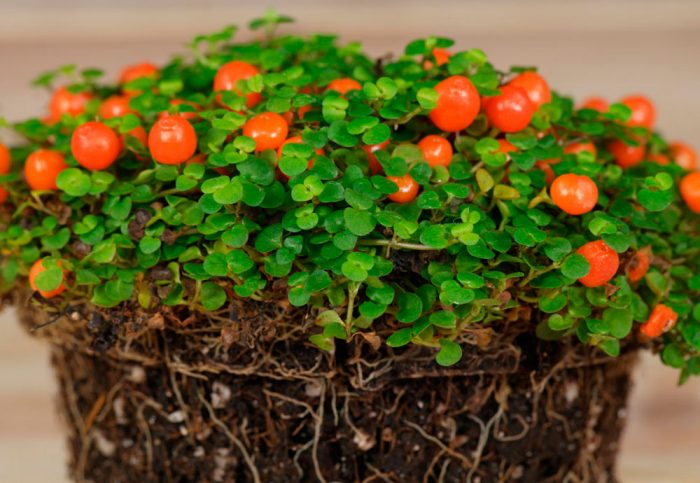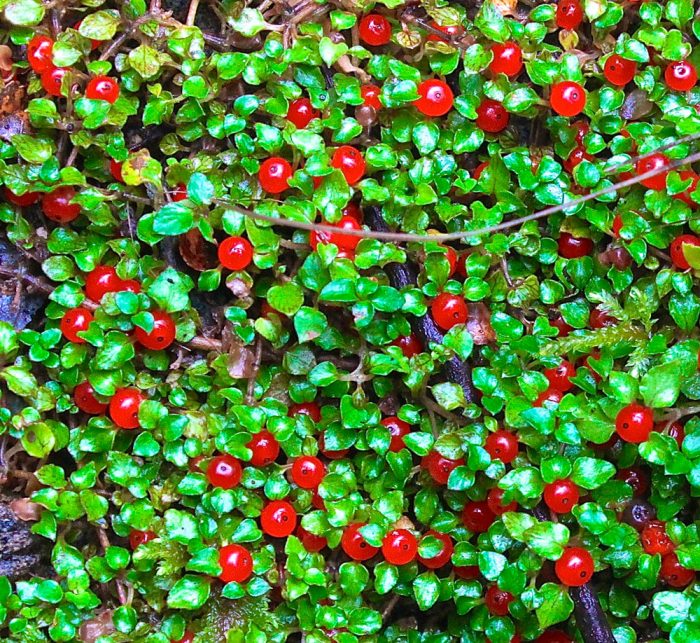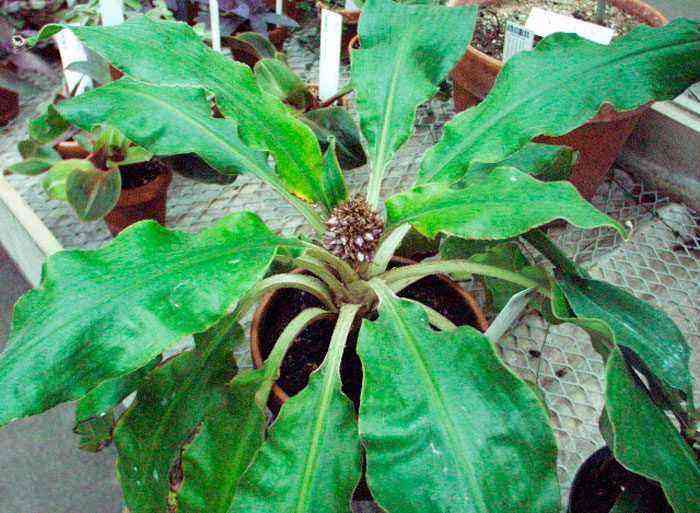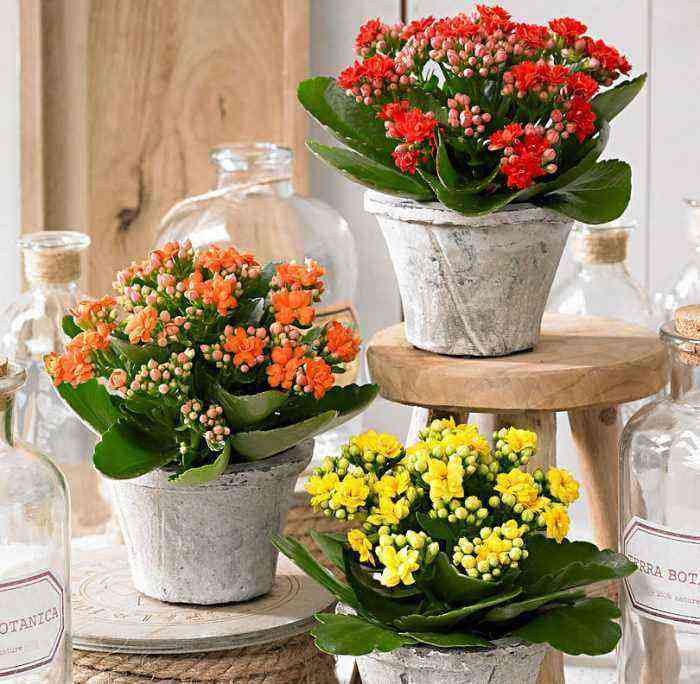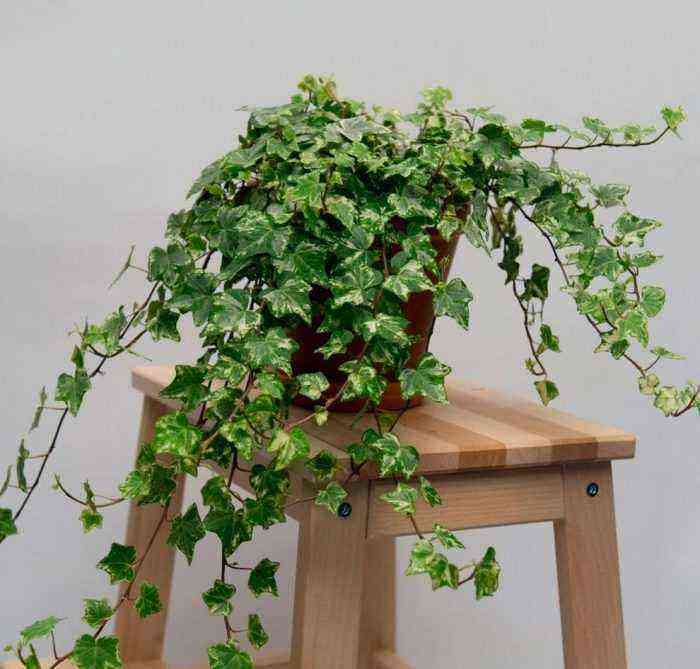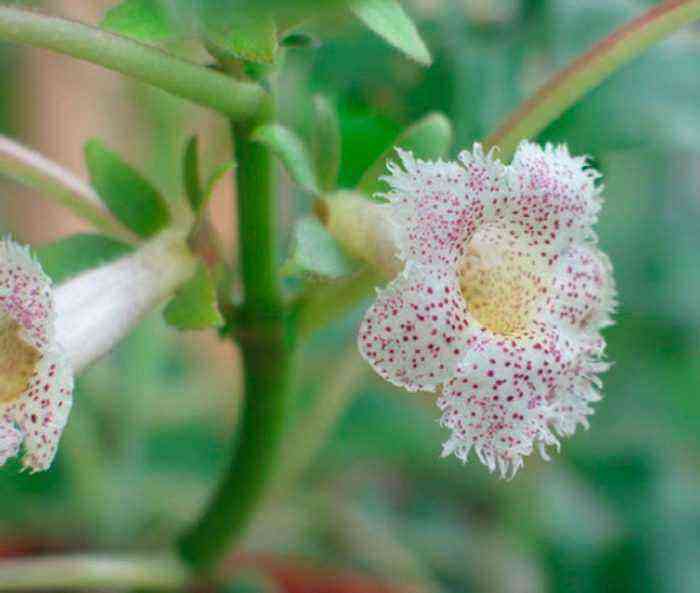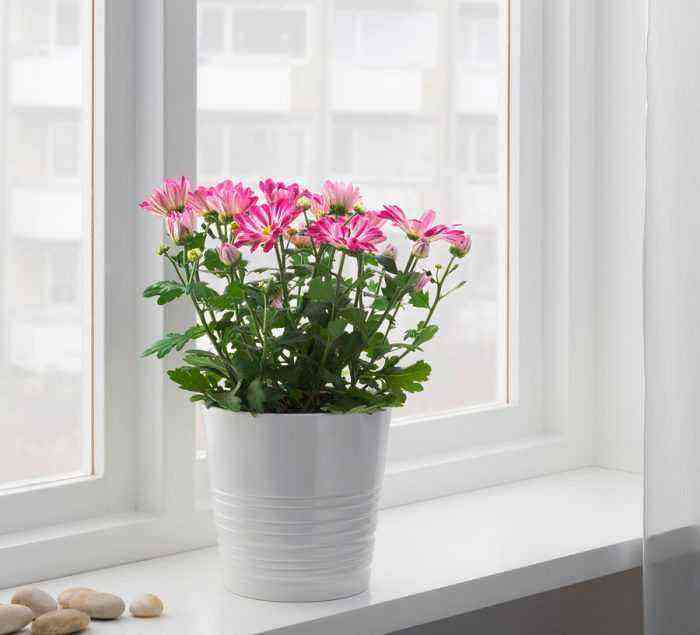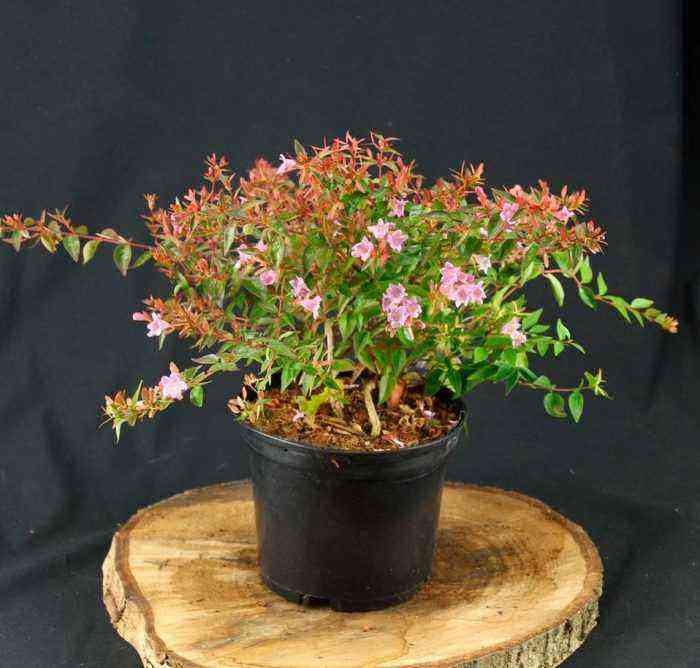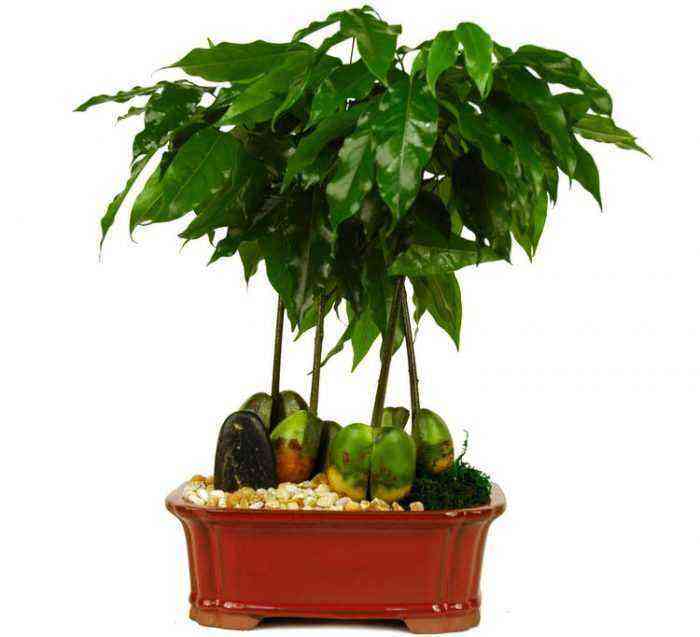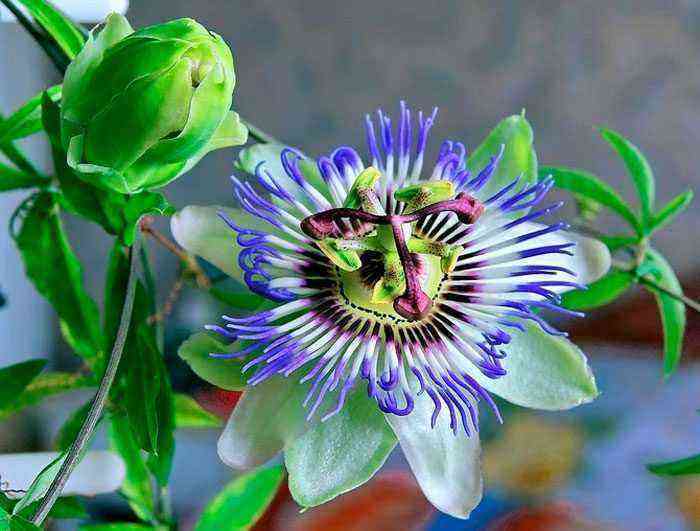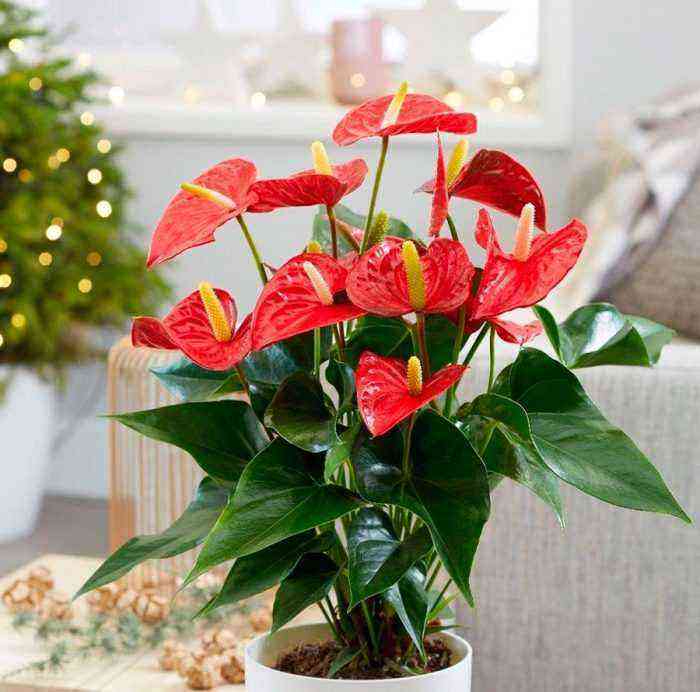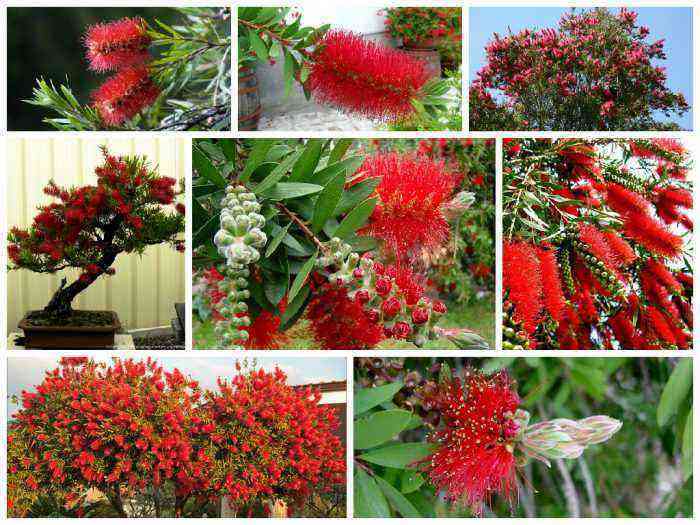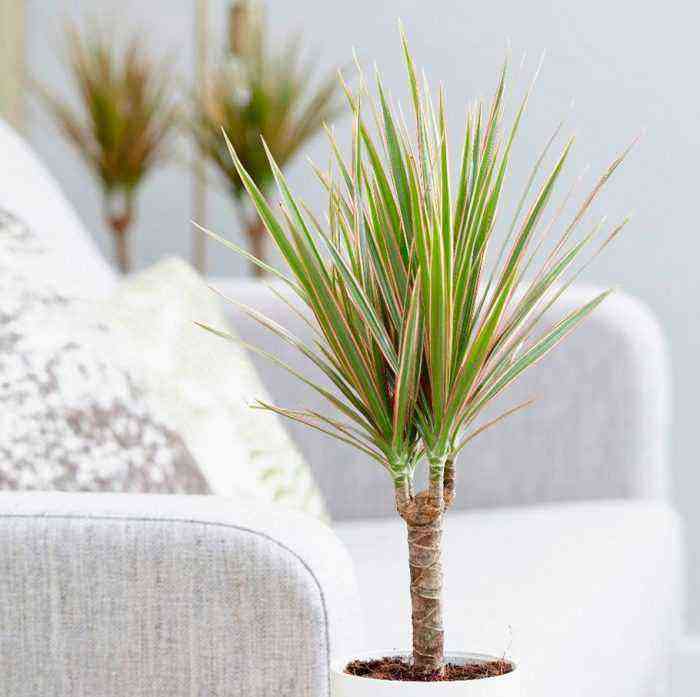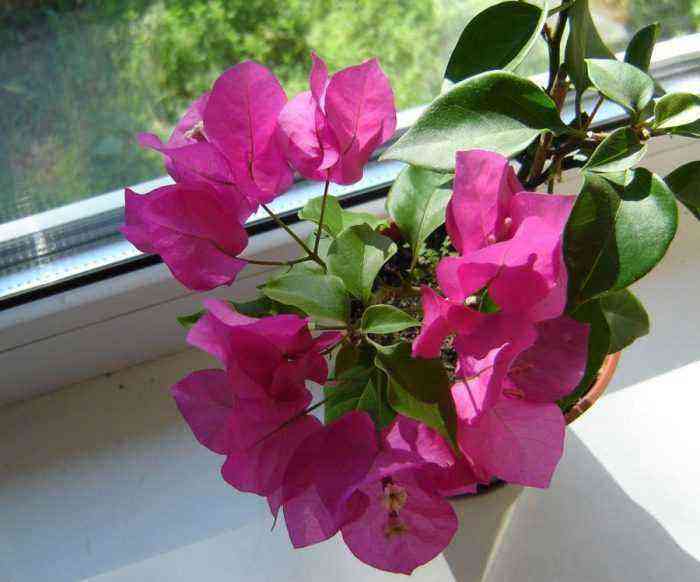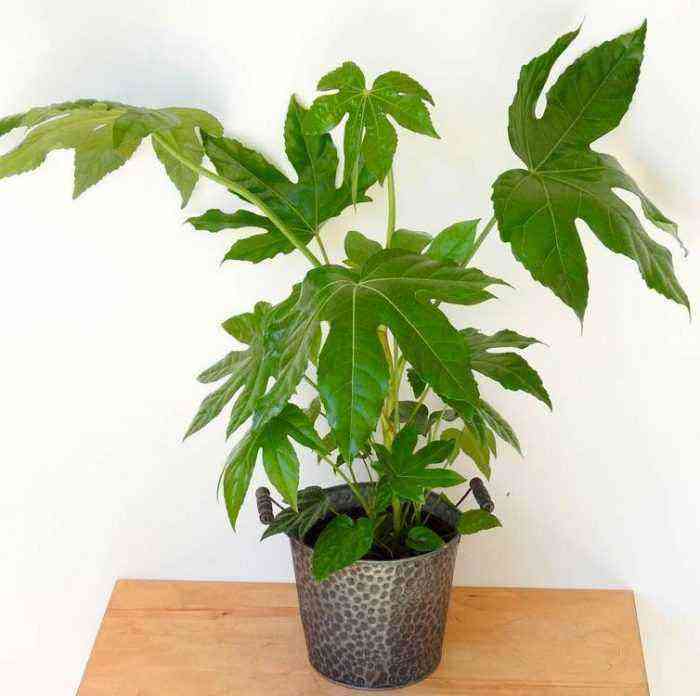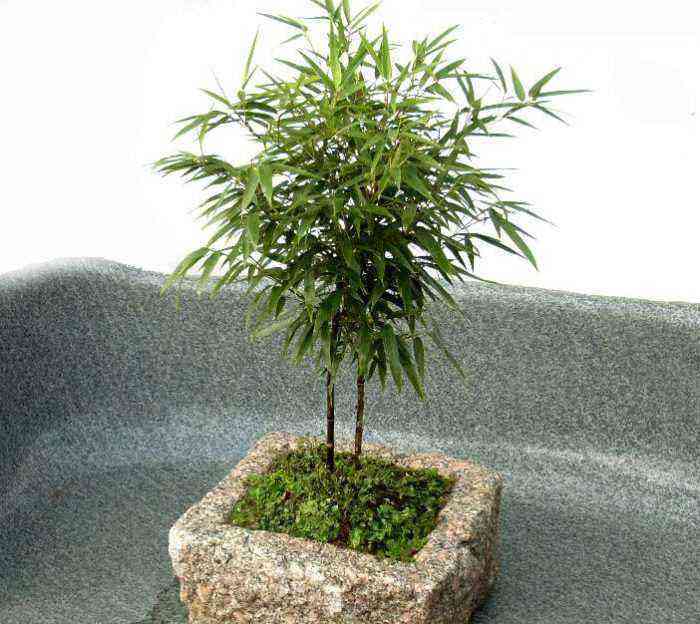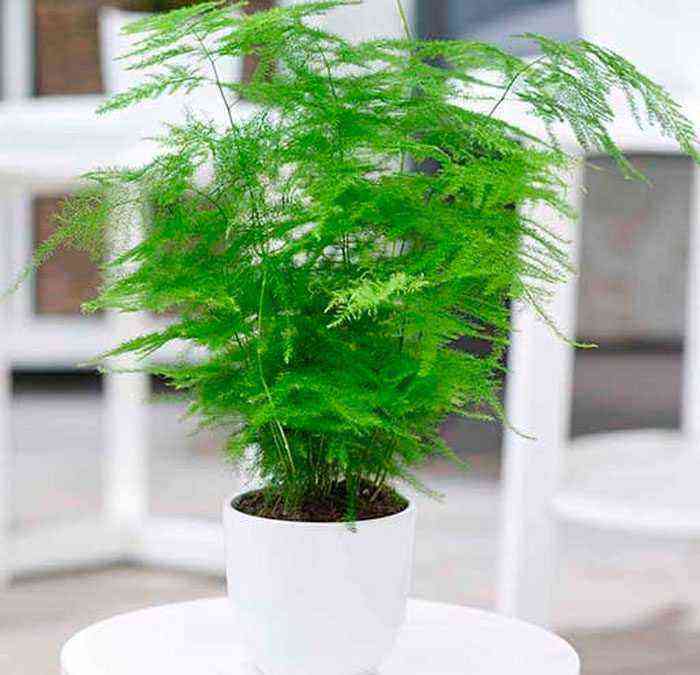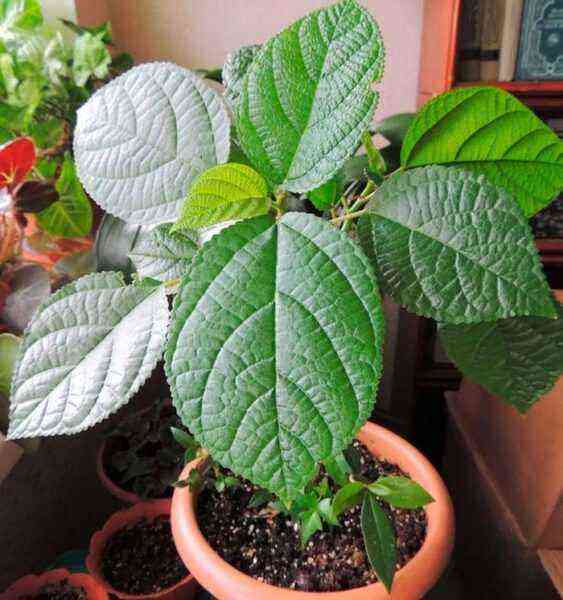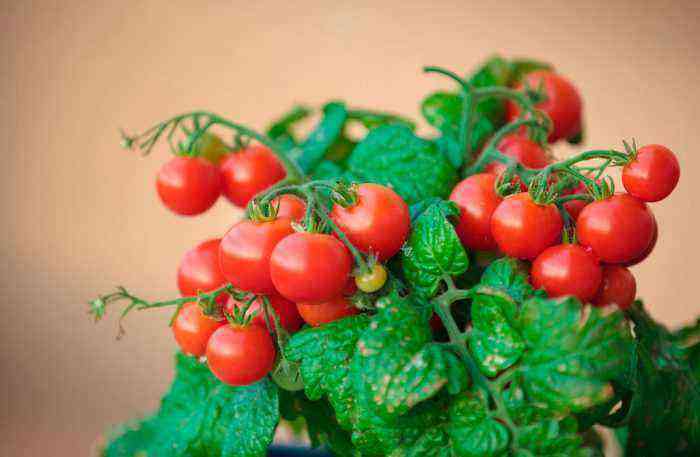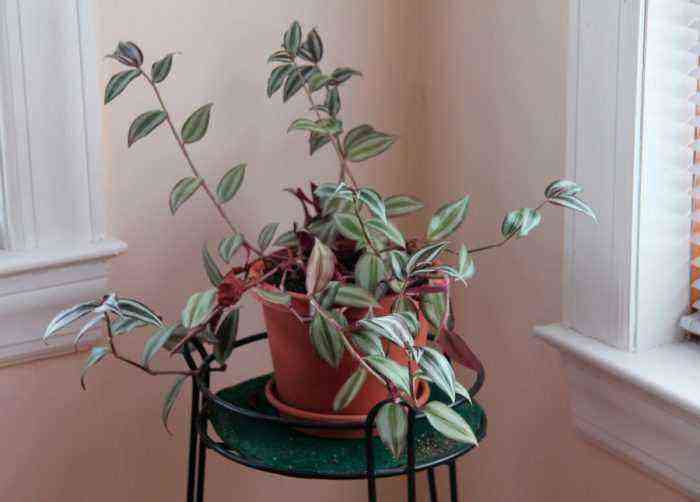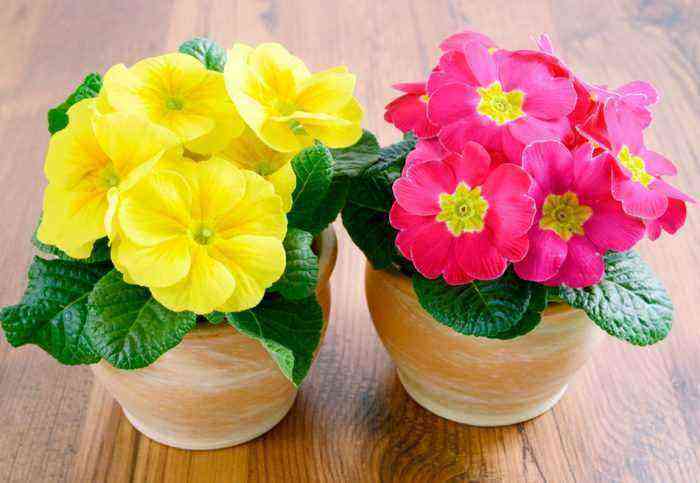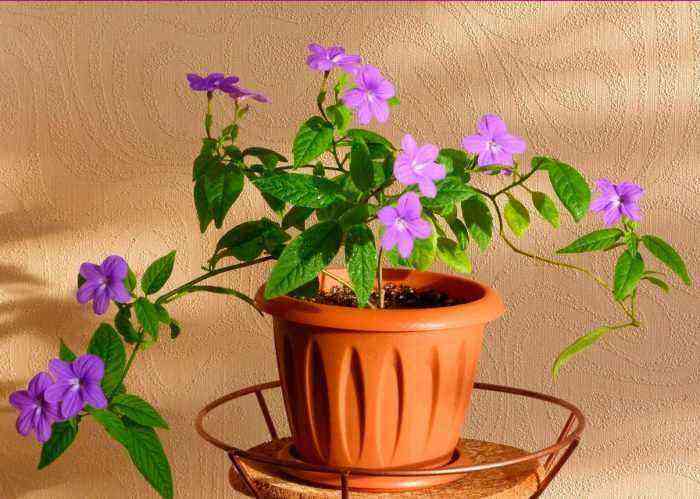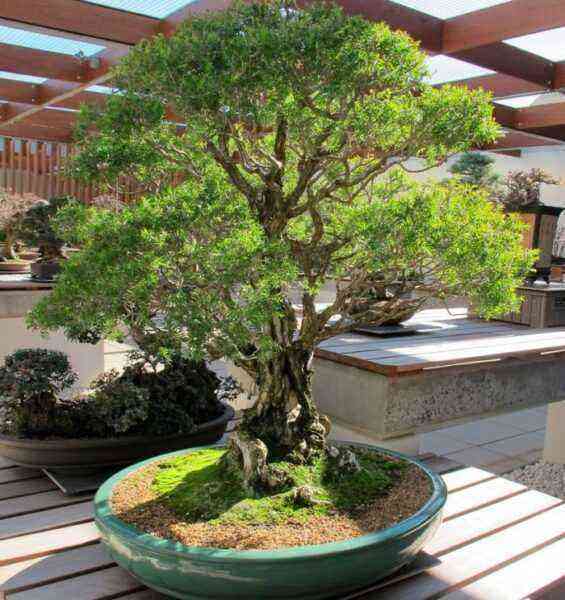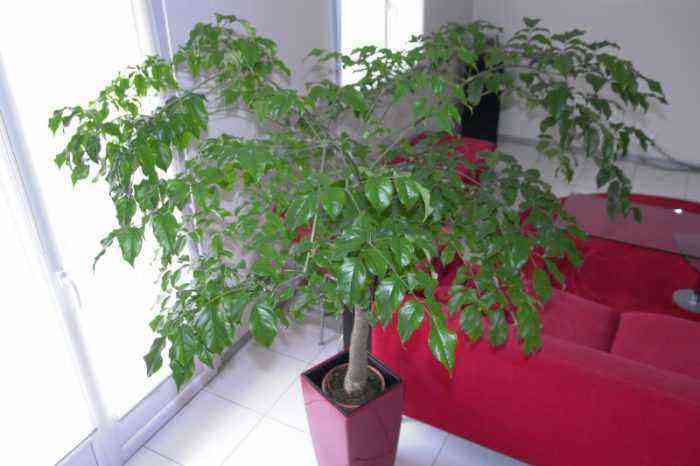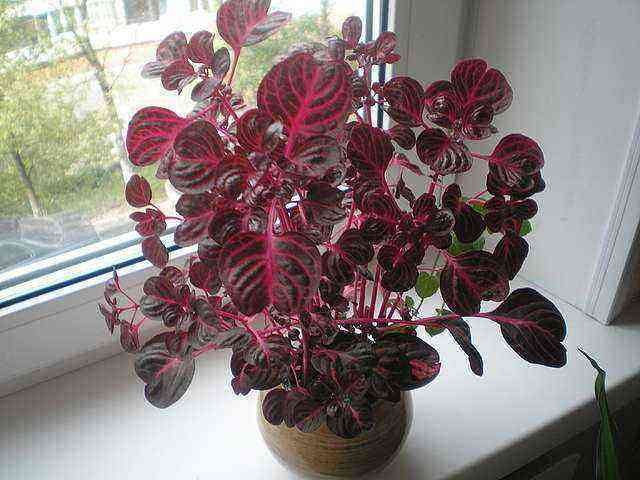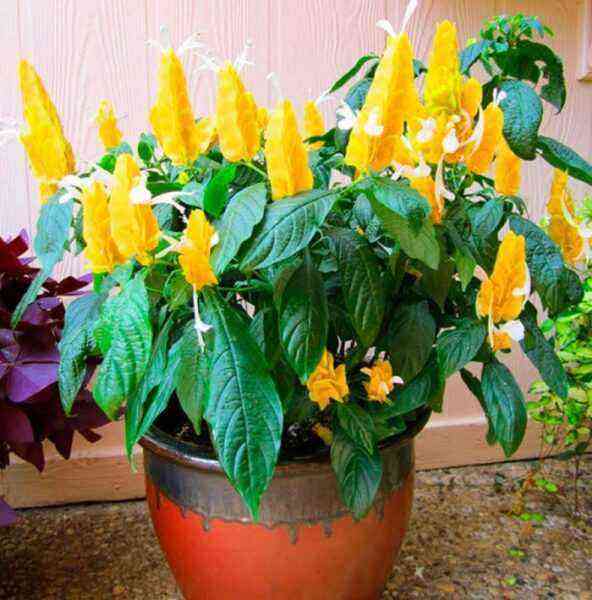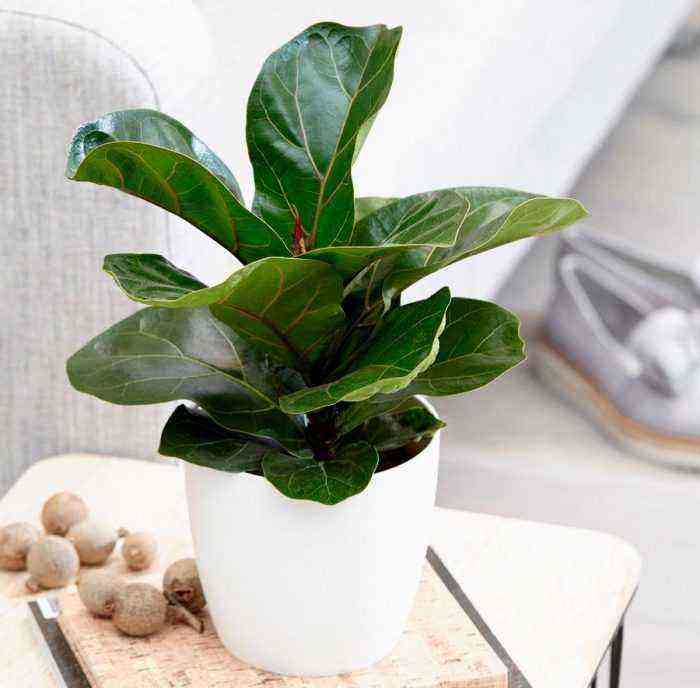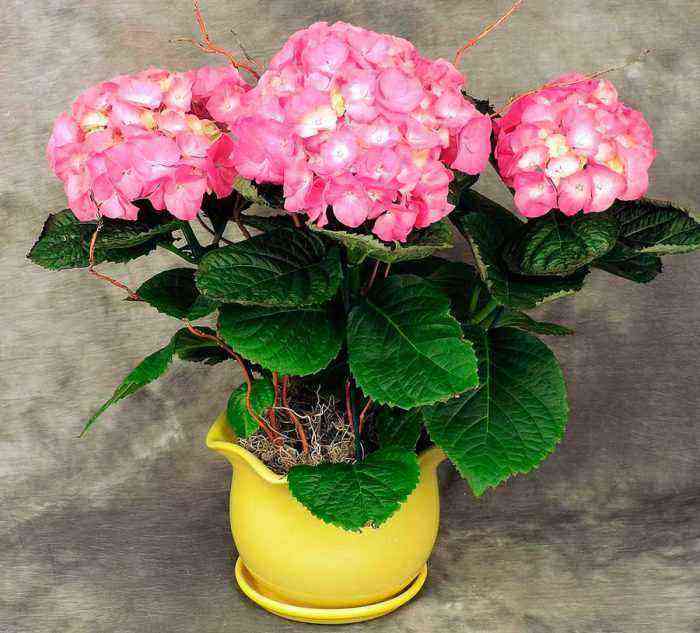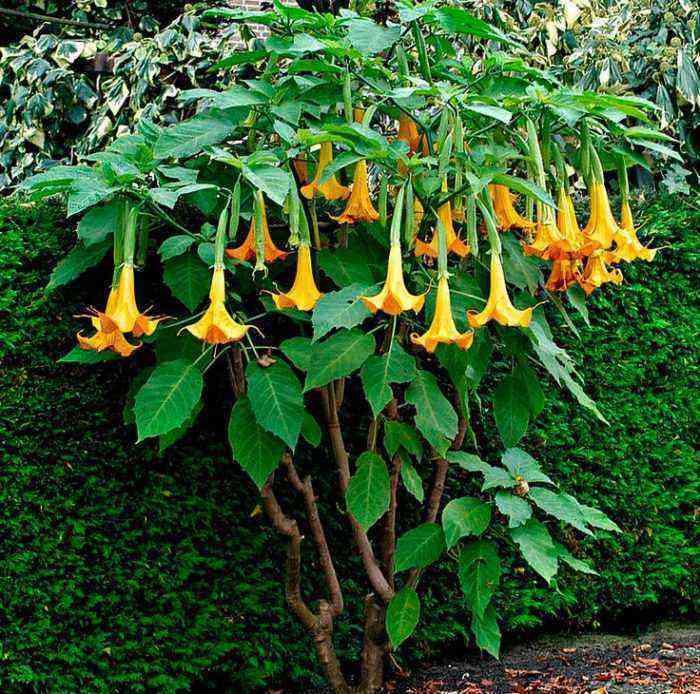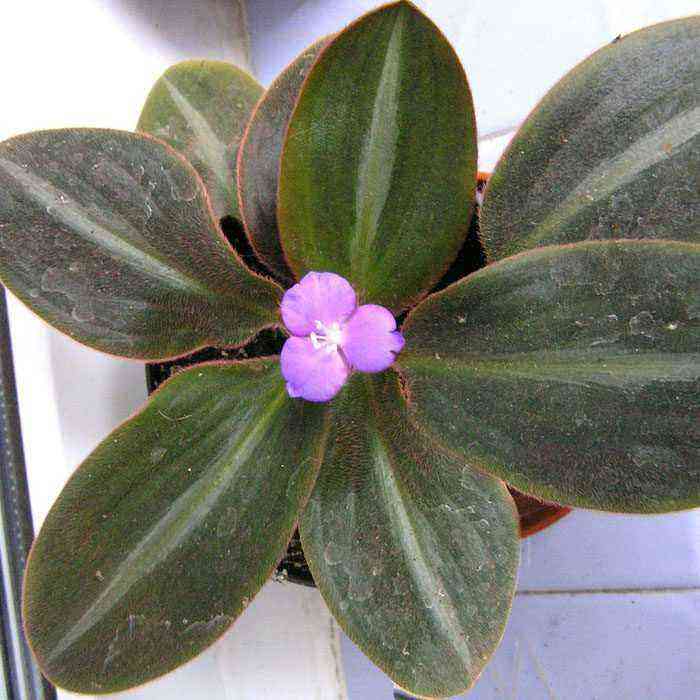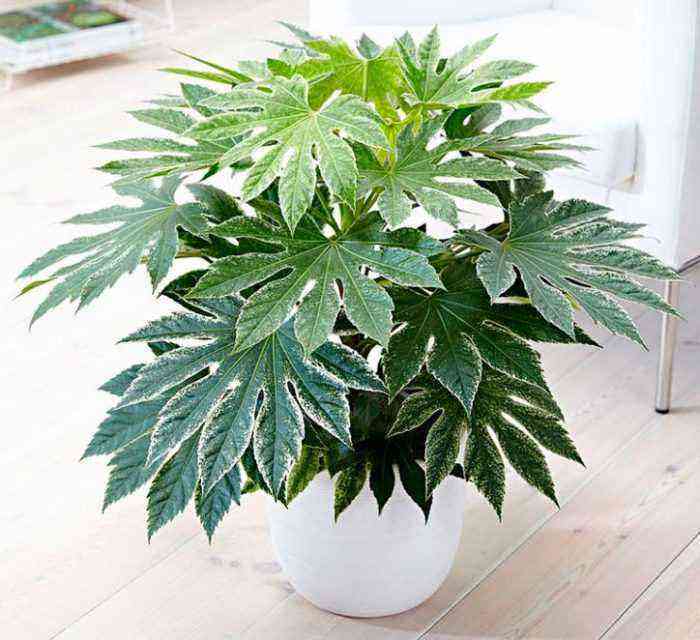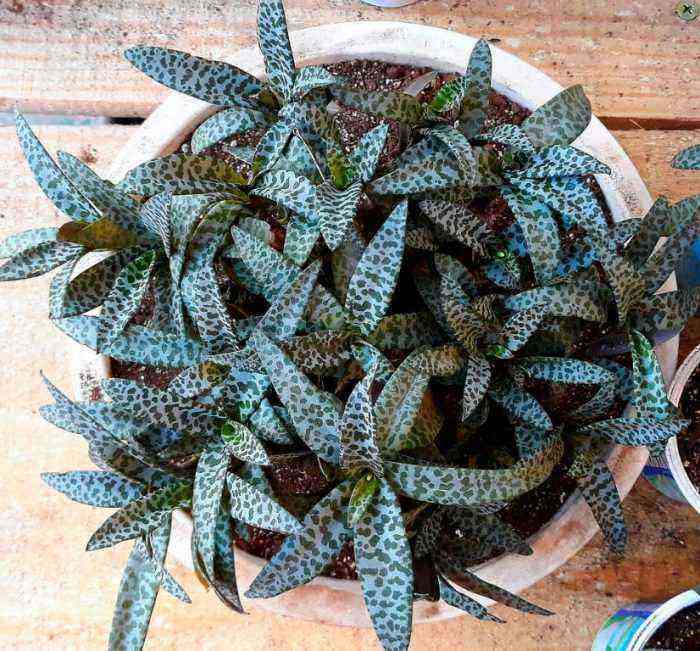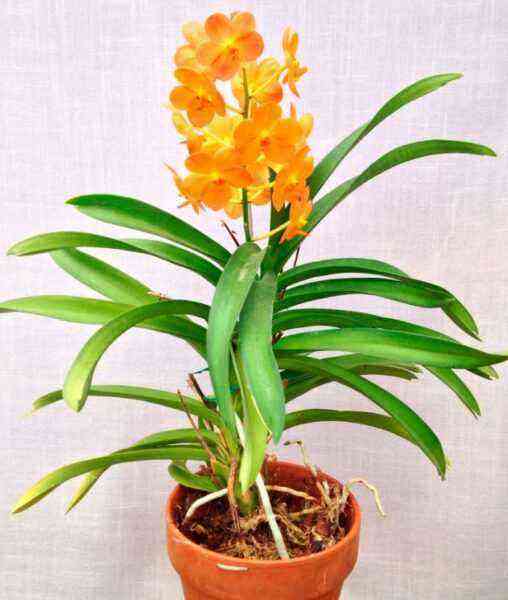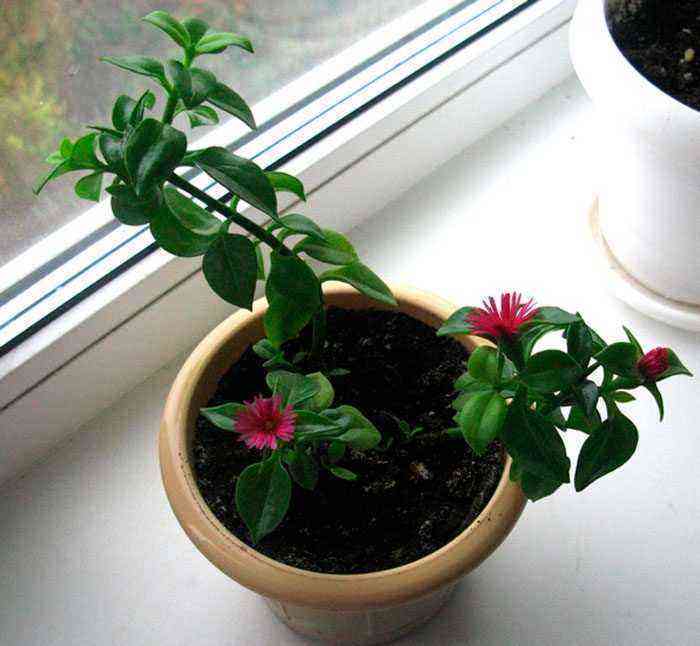The Nertera plant is part of the Madder family. This genus, according to information taken from various sources, unites from 3 to 12 species. Under natural conditions, this plant can be found in various parts of the world with a tropical climate. The name of such a flower is derived from the Greek word “nerteros”, which translates as “small”.
Features of nertera
Nertera is a herbaceous perennial creeping plant that has opposite oval-shaped leaf plates, reaching about 5 mm in diameter. Single flowers can be four- or five-membered, their green corolla is tubular or funnel-shaped. These white flowers are inconspicuous and therefore do not represent any decorative value, they open in late spring or early summer. When the plant has bloomed, after a while, small red (up to 10 mm) berries are formed on it, it is thanks to them that nerter is sometimes called “coral moss”.
As a rule, nertera are grown for just one season. Bushes acquire before the formation of fruits on them, and when they fly around, they get rid of the plant. However, if this culture is properly looked after, then it will be able to delight the grower with its unusual appearance for more than one year. There is an assumption that the room nertera helps to increase the energy of the people living in the apartment. And in order to enhance this beneficial effect of nertera on a person, you just need to buy a few bushes.
Brief description of cultivation
- Flowering . In April – May.
- Illumination . Needs a lot of bright light to be diffused.
- Temperature conditions . During the spring-summer period ― approximately 20 degrees, and with the onset of autumn, the temperature in the room is gradually reduced to 10-12 degrees.
- Watering . During the growing season, the substrate in the pot is moistened immediately after a couple of days have passed after its top layer dries.
- Air humidity . During the active growth of the plant, before flowering begins, it is recommended to systematically moisten it from a spray bottle using water at room temperature. Also, to increase the humidity, wet expanded clay can be poured into the pallet, and a pot with a flower is already placed on it.
- Fertilizer . During the period of intensive growth, the plant is regularly fed once a month, for this, a complex mineral fertilizer is used. In winter, nerter does not need fertilizers.
- The rest period . It starts in October and ends in February.
- Transfer . It is carried out at the end of the dormant period, but only as needed, when the root system of the bush becomes cramped in the pot.
- Soil mixture . A good drainage layer is made at the bottom of the tank. A suitable substrate has the following composition: sod, humus and leafy soil, as well as peat and sand, which are taken in equal proportions.
- Reproduction . By dividing the rhizome and by seed method.
- Harmful insects . Scabbards, mealybugs, whiteflies and spider mites.
- disease . If the plant is not properly looked after, then problems may arise with it.
Care for nerte at home
Illumination
Nertera, grown at home, needs bright diffused light. In the warm season (or better from early spring to the formation of fruits), transfer the bush to the street, and for it they choose a place that is protected from direct sunlight, precipitation and drafts. In the autumn-winter period, the plant also needs a lot of light, in this regard, it is recommended to supplement it with fluorescent lamps, which should be located at a distance of about 0.5 m from the bush. In the event that the lighting is too scarce, this will have an extremely negative effect on the decorative qualities of the flower.
Temperature conditions
Best of all, nertera feels cool at home. During the spring-summer period, a temperature of about 20 degrees is recommended for her. And when autumn comes, the temperature is gradually reduced to 12 degrees, and in winter it should be even lower – 10 degrees.
From the second half of the autumn period until spring, the room where the flower is located must be systematically ventilated. At the end of winter or early spring, when the air temperature outside will no longer drop below 6 degrees, the plant is transferred to fresh air, and a well-lit place that has reliable protection from drafts is chosen for it. Pay close attention to weather forecasts, as even a slight frost can destroy the flower. The plant is transferred back to the house only after it has faded and fruits begin to form on it.
How to water
During the growing season, the plant needs systematic watering, which is carried out immediately after two days have passed since the top layer of the soil mixture in the pot dries out. In winter, the amount and abundance of watering is reduced, but only if the plant is in a cool (about 10 degrees) place. When the first new leaf plates grow on the bush in spring, they begin to water it according to the scheme that is used in the warm season (see above).
Air humidity
During the period of active growth of the plant, it is systematically moistened from a spray bottle; for this, boiled or well-settled water is used, the temperature of which should be close to room temperature. Regular spraying of the plant is carried out until the beginning of flowering, please note that water droplets should not fall on the surface of flowers and fruits. In order to increase the level of air humidity, wet pebbles, peat or expanded clay are poured into the pallet, and then a container with a plant is placed on it. The bottom of the pot should never come into contact with the water in the pan.
Fertilizer
Fertilizing a flower is carried out systematically once every 30 days, using a complex mineral fertilizer for this. Fertilizers are applied to the substrate only during the period of active growth of nertera.
Nertera transplant
The overwintered bush is transplanted in early spring, and you need to be in time before the flowers open on it. The planting capacity is wide and low. A suitable soil mixture should be loose, and its optimal composition: peat, sand, humus, sod and leafy soil (taken in equal parts). A good drainage layer must be made at the bottom of the container, and the soil mixture cannot be tamped after planting.
<font><font>Materials</font> </font>
In no case should nertera fruits be eaten, as they are poisonous . You need to be very careful if there are children or pets in the house.
Methods of reproduction
Cultivation from seeds
Nertera can be propagated by seeds, which are sown during the last winter weeks. To do this, use a wide bowl, which is filled with a substrate consisting of peat, sand and leafy soil (1: 1: 1), and a drainage layer must be made at its bottom. Spread the seeds evenly on the surface of the soil mixture (try not to thicken the crops), sprinkle them on top with a thin layer of substrate, which is slightly compacted. Moisten the crops from a spray bottle and cover them on top with a film (glass). Then they are transferred to a warm (about 22 degrees) place.
Seedlings do not appear at the same time, for example, some of them may appear after a month and a half, while others – only after 2. After the seedlings appear, they are transferred to a well-lit place, protected from direct sunlight. In poor lighting, the plant is illuminated with fluorescent lamps. Watering is carried out as the soil mixture dries up.
Multiplication by division
When all the fruits fly from the bush, it can be propagated by dividing the rhizome. The plots are planted in separate containers filled with a soil mixture consisting of peat, sod and leafy soil, as well as coarse sand (taken in equal parts). Do not forget to make a drainage layer at the bottom of the pot from small pieces of brick or expanded clay.
Diseases and pests of nertera
- Fly around foliage. If the nertera is warm during the winter, this will lead to the fact that she will not start a dormant period. The result of this will be flying around all the foliage.
- vermin . Most often, mealybugs, spider mites, scale insects and whiteflies settle on such a plant.
Types of nertera with a photo
Nertera granadensis
Or nertera Granada. A plant native to Mexico and Central America. Its shoots are thin and creeping. The length of the lanceolate-rounded leaf plates is 3–7 mm, while their petioles are not more than 2–4 mm. In June, yellow-green flowers appear on the bush. When the plant fades, orange berries form on it, which do not fly around all autumn, and under favorable conditions, all winter.
Nertera quickly
It is a perennial creeping plant native to South America. Creeping shoots are decorated with small oppositely located rounded leaves, the length of which is about 5 mm. Small flowers are greenish-white. In summer, fruits appear on the bush, which do not fly around until the second half of autumn.
